CAPE CANAVERAL, Florida (AP) – For the first time, scientists have grown plants in soil from the moon collected by NASA’s Apollo astronauts.
The researchers had no idea if anything would grow in lunar dust and wanted to see if it could be used to grow food by the next generation of lunar explorers. The results stunned them.
“Holy cow. Plants actually grow in lunar stuff. Are you kidding me?” said Robert Ferrell of the University of Florida’s Institute of Food and Agricultural Sciences.
Ferrell and his colleagues grew cress in lunar soil that Neil Armstrong of Apollo 11, Buzz Aldrin and other lunar walkers brought back. The good news: All the seeds have germinated.
The downside was that after the first week, the coarseness and other characteristics of the lunar soil put pressure on the small-flowered weeds to the point that they grew more slowly than seedlings grown in lunar soil fake from the ground. Most moon plants ended up stunted.
The results were published Thursday in the journal Communications Biology.
The longer the soil is exposed to cosmic radiation and the solar wind on the Moon, the worse the plants appear. The Apollo 11 samples — which were exposed more than two billion years ago to the elements due to the surface of the older Sea of Tranquility — were the least suitable for growth, according to the scientists.
“This is a huge step forward for knowing that you can grow plants,” said Simon Gilroy, an aerospace plant biologist at the University of Wisconsin-Madison, who was not involved in the study. “The next real step is to go and do it on the moon.”
Lunar dust is littered with tiny glass shards from micrometeorite impacts that reached everywhere in the Apollo lunar landers and donned spacesuits for moonwalks.
One solution might be to use younger geological spots on the Moon, such as lava flows, to dig up cultivated soil. The environment can also be modified, changing the nutrient mixture or adjusting artificial lighting,
Only 842 pounds (382 kilograms) of moon rock and soil were returned by six Apollo crews. Some of the oldest moon dust was sprinkled on plants under quarantine with Apollo astronauts in Houston after they returned from the moon.
Most of the moon’s bunker remained closed, forcing researchers to experiment with simulated soil made of volcanic ash on Earth. NASA finally distributed 12 grams to University of Florida researchers early last year, and the much-anticipated cultivation took place last May in a lab.
NASA said the timing of such an experiment was finally right, as the space agency looks to return astronauts to the Moon within a few years.
The ideal situation, the scientists said, is for future astronauts to take advantage of the endless supply of local dirt available for indoor farming in exchange for creating a hydroponic system or an entire water system.
“The fact that anything has grown means we have a really good starting point, and the question now is how we can improve and improve,” said Sharmila Bhattacharya, a NASA astrobiology program scientist.
Florida scientists hope to recycle their lunar soil later this year, planting more cress before moving on to other plants.
___
The Associated Press’s Department of Health and Science receives support from the Howard Hughes Medical Institute’s Division of Science Education. AP is solely responsible for all content.

“Infuriatingly humble analyst. Bacon maven. Proud food specialist. Certified reader. Avid writer. Zombie advocate. Incurable problem solver.”

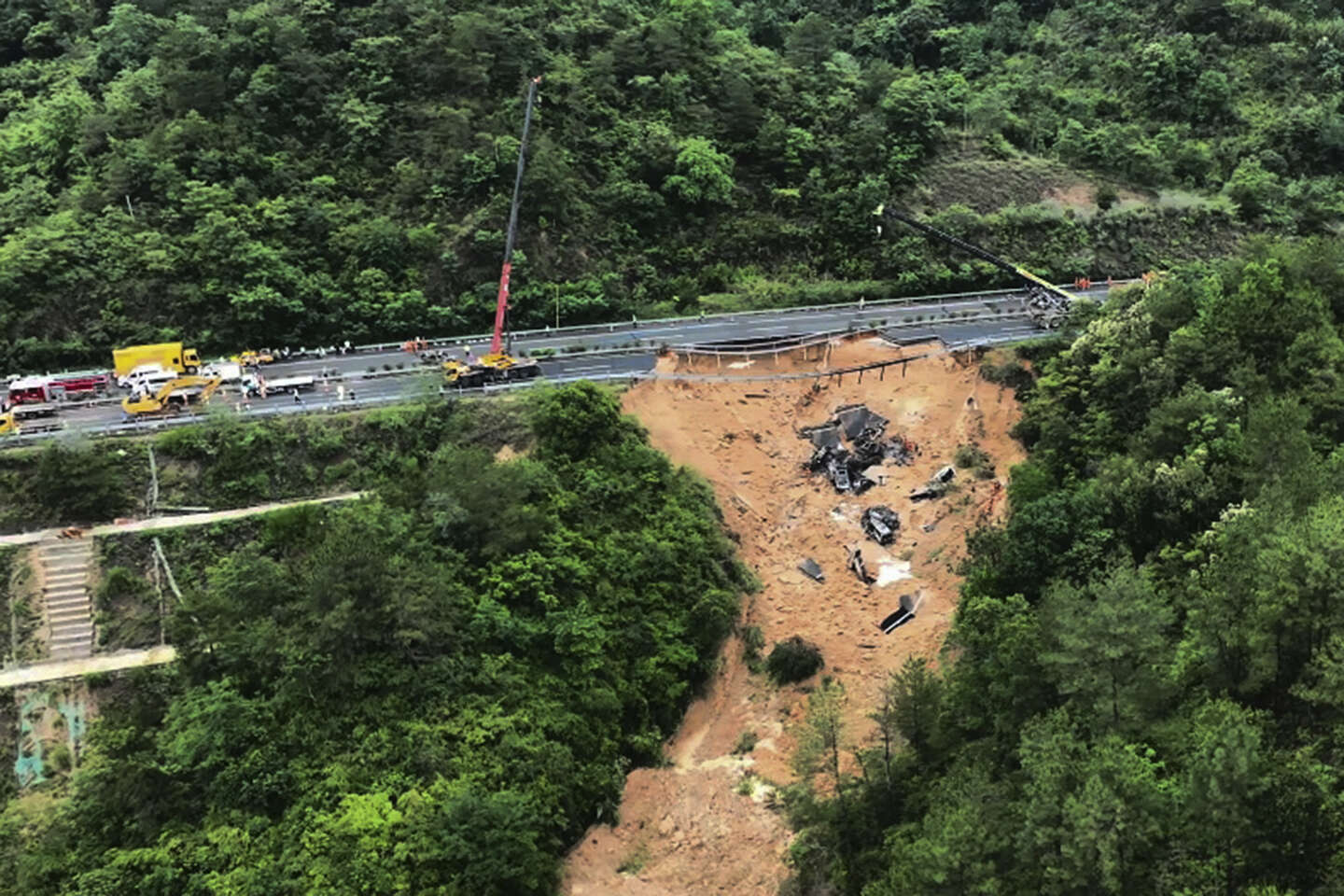
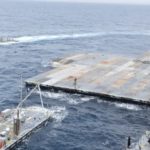

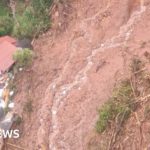
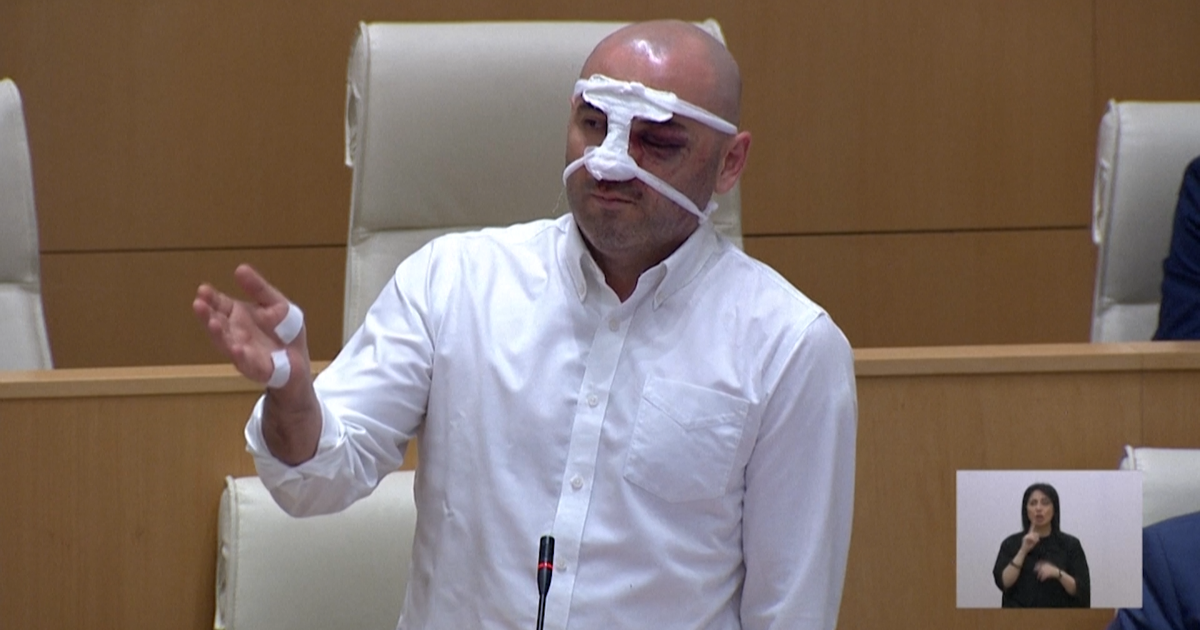

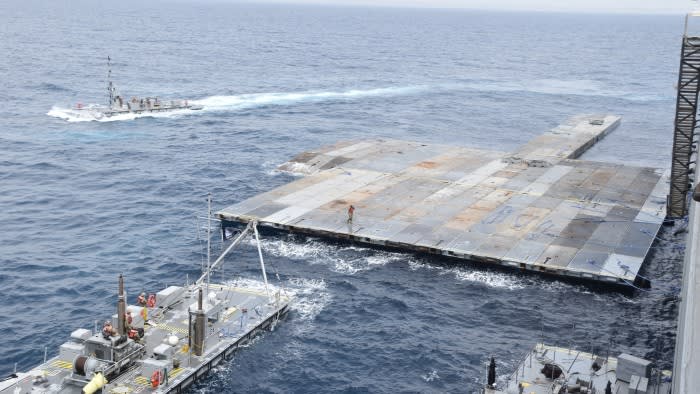

More Stories
Why did Saturn’s moons remain hidden from view?
Mars helicopter home after 63 days of silence • The record
NASA’s innovative Mars Helicopter finally calls home